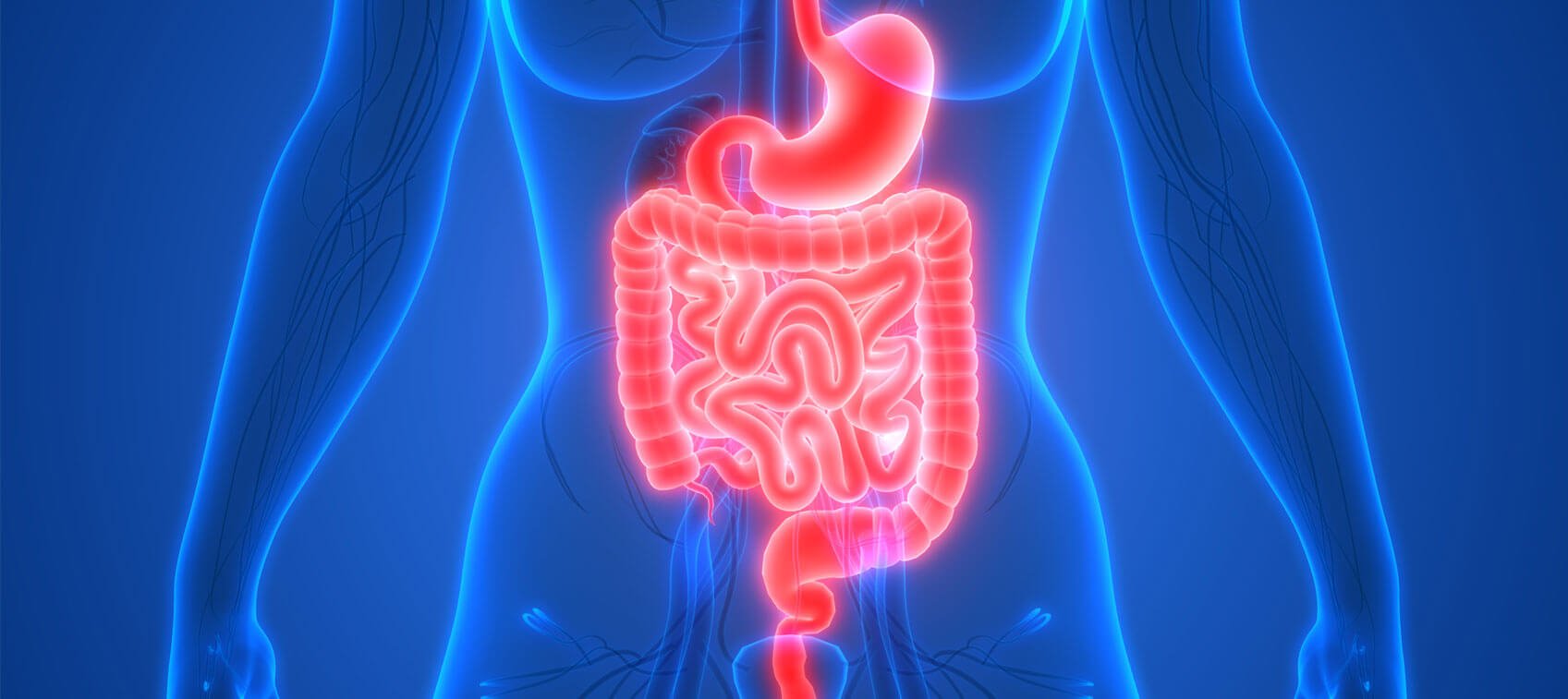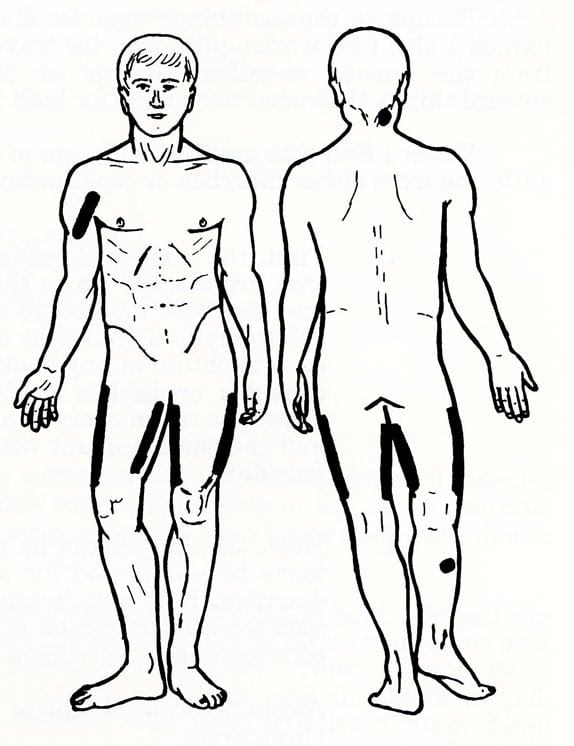
Wouldn't it be nice to know of something to do when you or your family had a sudden case of constipation or diarrhea? Or wouldn't it be nice to stop flu-type symptoms that so often hit with absolutely no warning? When the ileocecal (ill-lee-o-see-cal) valve isn't working properly, it can cause these symptoms and many more:
- Lightheadedness/dizziness
- Nausea
- Ringing in the ears
- Bursitis-like pain in the shoulders and hip joints
- Low back pain for no reason
- Recurrent sinus infections
- Chest pain
- Heart fluttering
- Headache
- Fever
What Is the Ileocecal Valve?
The ileocecal valve is located between the small and large intestine. It is in the same area as the appendix and many times what is thought to be an appendix problem is, instead, an issue with this valve.
The ileocecal valve has two very important jobs. First, it serves as a block, preventing the toxic contents of the large intestine from backing up into the small intestine. Second, it keeps the food products in the small intestine from passing into the large intestine before the digestive processes have been completed.
The valve can at times become either "stuck shut" or "stuck open." A closed ileocecal valve can cause constipation. When the valve is stuck open, diarrhea will be the problem.
A Closed Valve
In its normal course, food moves through the small intestine and into the large intestine, then gets expelled from the body. When the valve sticks shut, feces are unable to move past the small intestine.
The small intestine’s main job is to absorb, and it keeps right on reabsorbing all of the waste products that were destined to be expelled. With the valve shut and food backing up, you become constipated.
An Open Valve
When the valve is stuck open, not only does food move through you at a very rapid rate, it also lets the waste products in the large intestine back up into the small intestine and again be reabsorbed into the system.
There are some temporary things that can be done to provide relief.
The valve is located about halfway between the belly button and the hip bone. First, you can hold the valve shut for several minutes. This is done by placing your hand over the valve and while pushing in, pull up toward the left shoulder.
Second, you can place a cold pack or ice over the valve for about 15 to 20 minutes. This process can be repeated if necessary.
What Causes Ileocecal Valve Problems?
There are several reasons why the valve doesn't always work right. Just a few of the more common ones are:
- Consuming excessive spicy or roughage-type foods
- Stress or emotional trauma
- Having had your appendix removed. Some researchers believe that the appendix, which is located right next to this valve, acts like an "overflow bag" for toxins and holds these until the body can work them out slowly and not interrupt the workings of the ileocecal valve.
How to Maintain the Health of Your Ileocecal Valve
Along with the two things mentioned above for diarrhea and an open ileocecal valve, there are several things that need to be done to help both open and the closed valves:
- Take garlic oil softgels, two with each meal, for two or three days. This will speed up the elimination of any harmful pathogens and toxins that have set up house in the small intestine and/or colon. Liquid chlorophyll works as well, but garlic oil capsules are easier to find, and if they aren’t available, you can find raw garlic everywhere. Start with half a small clove of raw, crushed garlic with each meal and work up to one small clove per meal for a few days.
- Remove spicy foods from your diet for a week or so.
- Modify your intake of roughage-type food. If the problem is diarrhea, it is helpful to eliminate all roughage-type food for a short period of time. If it is a closed valve and constipation is the problem, then increase your roughage intake.
- Eliminate alcohol, cocoa, chocolate, and caffeine products from your diet.
- For a closed valve (constipation), add calcium and vitamin D to your diet. Gradually include more fermented foods. Digestive enzymes may be needed, along with foods rich in natural digestive enzymes like pineapple, papaya, and mango.
- For an open valve (diarrhea), add lactic acid yeast wafers to your diet, which can be found at any health food store. This product alone can sometimes stop even the most stubborn cases of diarrhea. The soluble fiber pectin can help an inflamed and sensitive colon, providing a temporary protective coating. Apple pectin is one example. Eating applesauce or a peeled, cored apple that has been pureed in a blender every couple of hours is an easy way to get pectin. Typically, under-ripe Granny Smith apples contain the most pectin, but bananas are also a fairly good source.
Most importantly, use acupressure to manipulate specific points and reflex areas. Doing this will often provide almost immediate relief from the symptoms of either an open or closed valve, and help it function normally again.
Oftentimes you’ll actually hear a “gurgling” sound in the area of the valve after manipulating these points. And it’s not unusual to experience a noticeable improvement within half an hour.
The areas highlighted in the illustration below need to be massaged with firm pressure for about 10 to 20 seconds—but longer than that can negate any beneficial effect. You can manipulate these areas every 30 to 60 minutes, if necessary, until the problem is under control.



